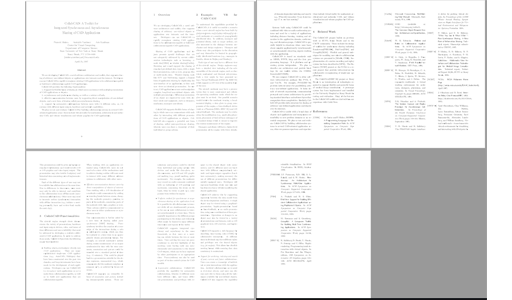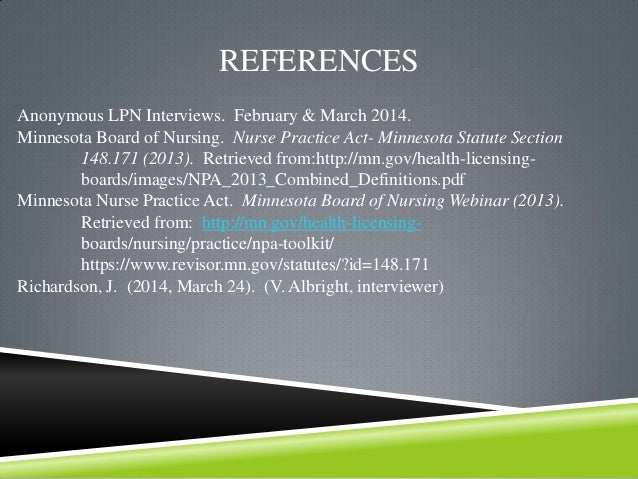

Nucleic Acids Res, 33(Web Server issue), W741-748.īrowser support: We strongly recommend using evergreen browsers, such as Chrome and Firefox, although most functionalities should work on IE > 10. WebGestalt: an integrated system for exploring gene sets in various biological contexts. Nucleic Acids Res, 41 (Web Server issue), W77-83.
Apa cite a pdf toolkit update#
WEB-based GEne SeT AnaLysis Toolkit (WebGestalt): update 2013.

Genes associated with individual drug term were inferred using GLAD4U. GLAD4U: Drug terms were downloaded from PharmGKB (Accessed on Jan 2017). Genes associated with individual disease term were inferred using GLAD4U. GLAD4U: Disease terms were downloaded from PharmGKB (Accessed in November 2018). Human Phenotype Ontology (Monthly build 201810), Mammalian Phenotype Ontology (Accessed on ) Mammalian protein complexes: CORUM (Release 3.0, ) Transcript factor target: MSigDB (MSigDB database v6.2, July 2017) MicroRNA target: MSigDB (MSigDB database v6.2, July 2018) Hierarchical protein interaction modules: The modules are computationally derived from the protein-protein interaction networks downloaded from BioGRID (Build 3.5.167, December 2018) using NetSAM. Based on the method described in our recently published paper ( Proteome profiling outperforms transcriptome profiling for co-expression based gene function prediction), we first constructed the consensus co-expression network for each cancer type and then used NetSAM to identify the hierarchical co-expression modules.

Hierarchical mRNA co-expression modules: The modules are computationally derived from the RNA-Seq data sets across 33 TCGA (The Cancer Genome Atlas, Release ) and 6 CPTAC (Clinical Proteomic Tumor Analysis Consortium) cancer types. KEGG (Release 88.2, ), WikiPathways (Release ), Reactome (Version 66, September 2018), PANTHER (v3.6.1, )

Information in this version was collected from the following resources:Īffymetrix, Agilent, Illumina, ABI SOLid (Accessed in November 2018), NCBI Gene (Accessed on ), Biomart (Ensembl 94, Accessed in November 2018), dbSNP (Version 151, ). We recently added phophosite data for kinase target enrichment analysis. Experimental data from organisms or with gene identifiers not covered by the WebGestalt database can also be analyzed in WebGestalt. WebGestalt supports three well-established and complementary methods for enrichment analysis, including Over-Representation Analysis (ORA), Gene Set Enrichment Analysis (GSEA), and Network Topology-based Analysis (NTA).ĭata sources for WebGestalt 2019 was updated on, which supports 12 organisms, 354 gene identifiers from various databases and technology platforms, and 321,251 functional categories from public databases and computational analyses. We also support loading data from third-party websites or services through an API to perform enrichment analysis. The R package WebGestaltR has been updated to work with the new verison, which provides an interface to integrate into other pipelines or run batch jobs locally. WebGestalt 2019 significantly improved the output report with emphasis on providing user-friendly interfaces which could directly translate into publication-ready figures. The WebGestalt 2005, WebGestalt 2013 and WebGestalt 2017 papers have been cited in more than 2,500 scientific papers according to Google Scholar. WebGestalt (WEB-based Gene SeT AnaLysis Toolkit) is a functional enrichment analysis web tool, which has on average 26,000 unique users from 144 countries and territories per year according to Google Analytics.


 0 kommentar(er)
0 kommentar(er)
